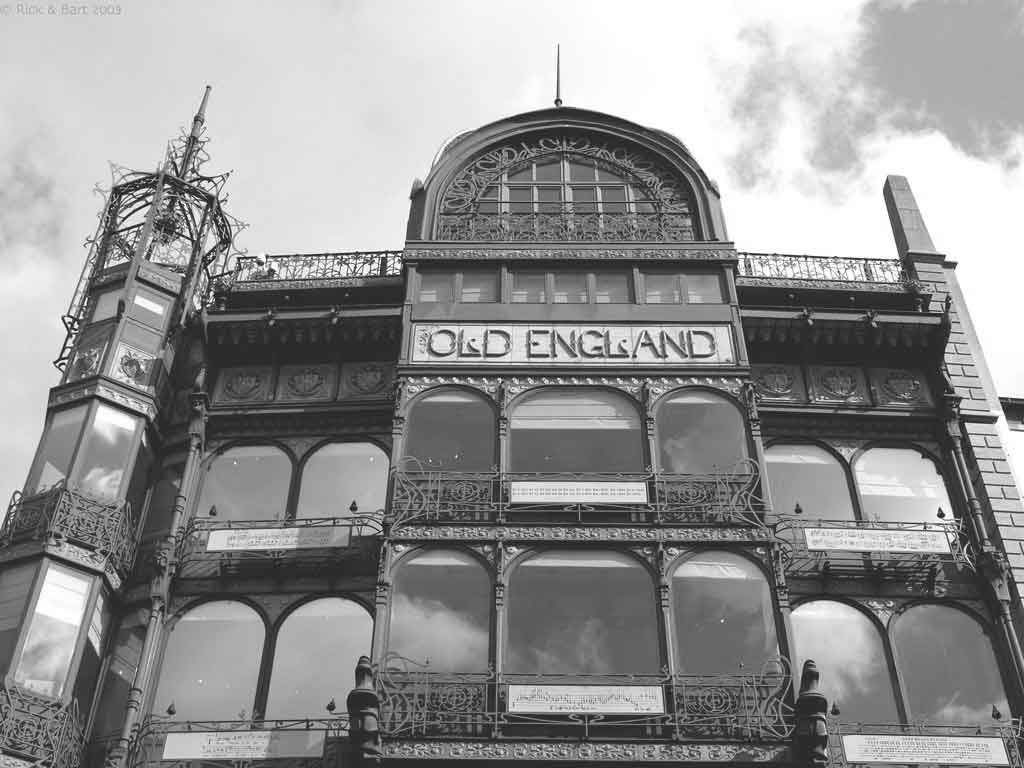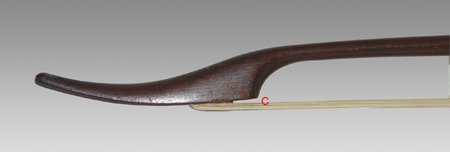The Bruxelles MIM JT078

In the museum's record I wrote:
"This bows shows signs of important alterations.
The original carved site of a clip-in frog was filled with a wooden insert (A), and is presently off-axis, most likely because of torsion in the stick. The quality of the fluting in the grip area is far superior to that of the ones, rather clumsy, which can be seen on the very end of the stick close to the button (B). The hair departs from the tip without touching its back edge (C), in other words the only contact point between hair and tip is the plug which holds the hair in position. The latter solution was the ideal response to certain technical requirements of a big part of the XVII century music, but it was going to be abandoned a round 1720 / 30. This bow was supposedly built at the end of the XVII century or in the first decades of the XVIII century, then greatly altered, probaly at the middle of the century".





Suddenly I had the idea of making some reconstructions of a bow made like the jt078 pbobably was before its alteration.
The original bow is 686 mm long and its weight is 54,1 g while the weight of the frog (including the eyelet) is 10g. and the one of a common screw is 2,5 to 3,0 g.
In MIM's collection there are other bows of similar model (jt076 and 1470) which original clip-in frogs are respectively 4,4 and 4,9g and show the same outline of this. The alteration of this bow probably added 7,5g to it, so its wight coul have been about 46.5g
Copies of the jt078 "as is" feature a clean, rich sound and a very good balance. A very good bow to play music from the beginning of the XVIII century to the classical period. It is really easy to play even for musicians not experienced with baroque bows. Some players suggested me to move the fluting near the frog.
But the reconstructions of the jt078 "as it probably was" are really something different: They join light weight and great strenght, in other words agility and power. The sound is complete, deep and rich of harmonics, very different from the version with the screw. When palyed it seems to reveal its XVII century origin.
 Ms. Mia Awouters (curator of MIM) and me on june 2006
Ms. Mia Awouters (curator of MIM) and me on june 2006In June 2006, during a visit to the MIM, copies and reconstructions of jt078 were compared to the original. The bow on the bottom has been donated to the Museum and has inventory number 06.006. It will be played in concerts promoted by the MIM. To be continued... |

 a copy (relaxed), the original (relaxed), a reconstruction (tight)
a copy (relaxed), the original (relaxed), a reconstruction (tight)